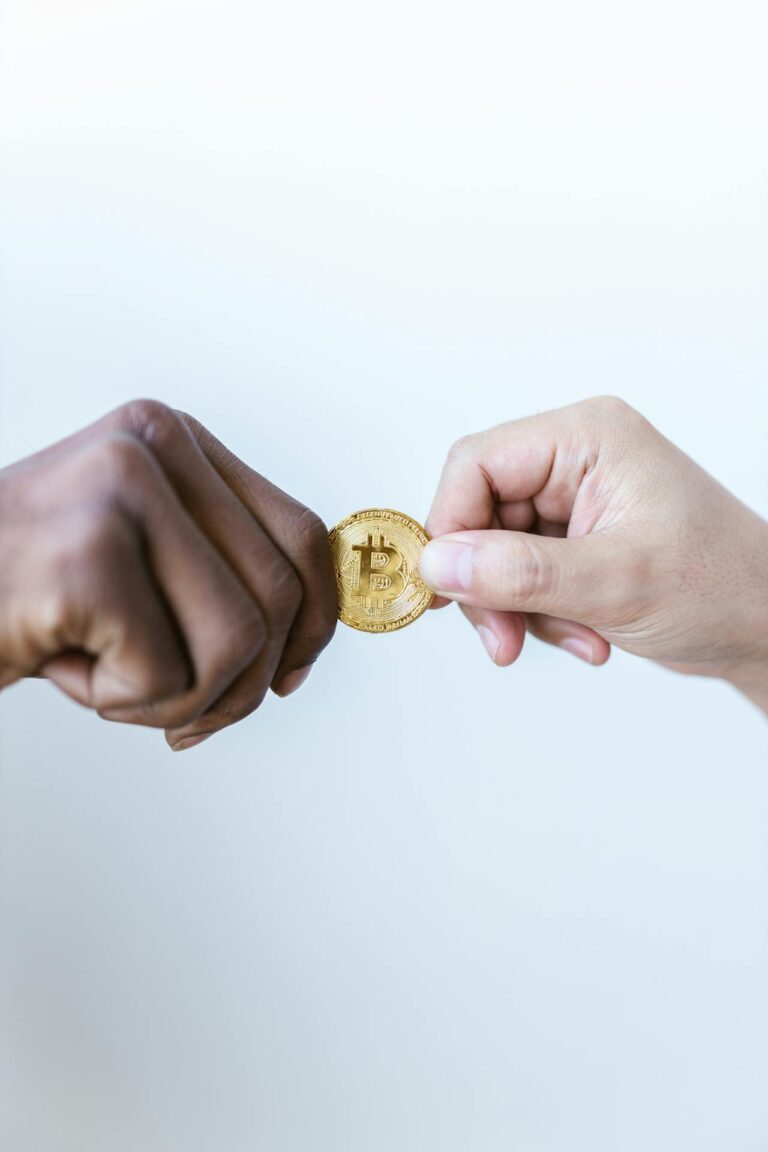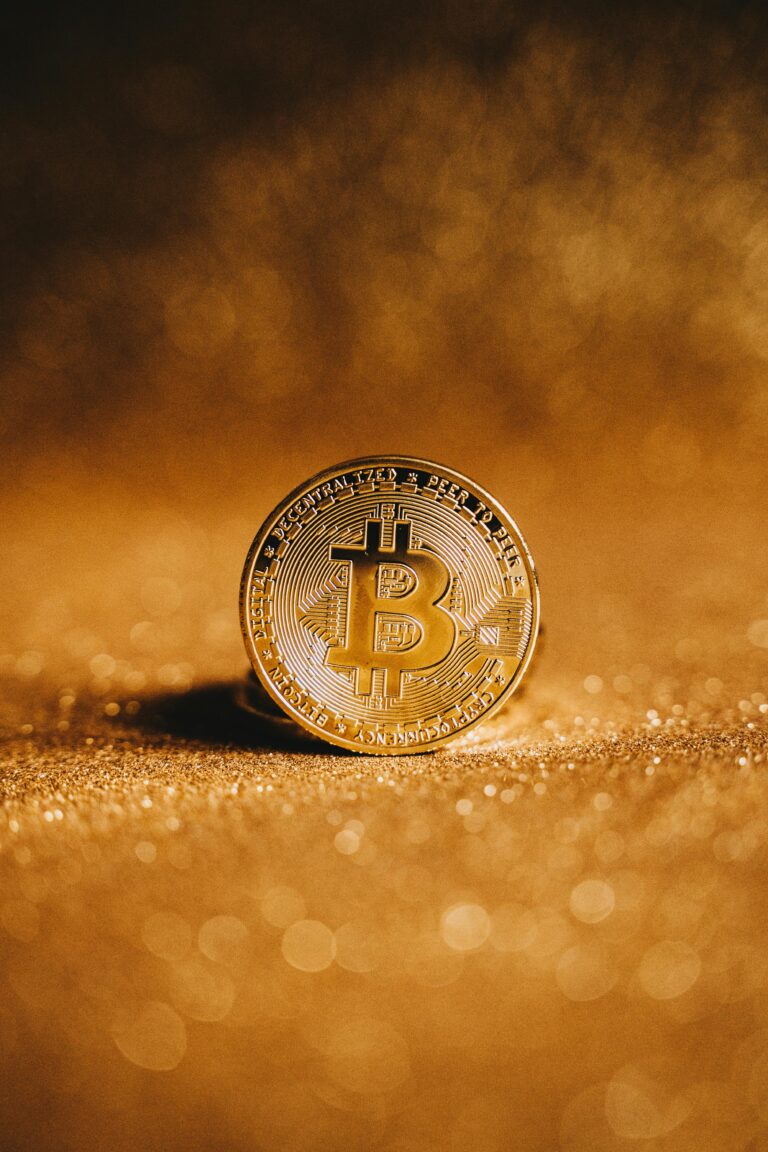Optimized & Industry-crypto Solutions
The development of the company will increase very quickly thanks to the crypto space ⚡
◆ We plan to publish a coin based on Solana and thus open the way for us to the crypto world.
◆ After we reach the final stages we will start advertising in all kinds of places about our startup and this will attract a huge audience.
◆ Very soon we will publish the whole complex, and the extended map(updated PDF).
◆It won’t be long before everything comes out, In the near future we will surprise everyone.
The following steps are just brief information about planning the crypto project as well:
Creating a roadmap for a cryptocurrency project on the Solana blockchain with a token supply of 88 billion tokens involves multiple stages, from inception to launch and beyond. Here’s a concise roadmap for our project:
Q1 2025
◆ Beta testing with selected partners.
◆ Launch marketing campaign.
Q2 2025
◆ Official launch of Autonomous Tower Crane Token.
◆ Listing on small exchanges, followed by major exchanges.
Q3 2025
◆ Expand integration with additional crane manufacturers.
◆ Introduce new functionalities based on user feedback.
Q2 2026
◆ Global launch of final software version, aiming to transform the prototype.
Conclusion
Our Autonomous Tower Crane Software stands poised to transform the construction industry by enhancing efficiency and safety. With a solid tokenomics structure supporting its launch, this project aims to deliver significant benefits for stakeholders and the broader construction community.
◆ At that very moment we will enter a code that locks the possibility of producing more tokens forever & And then we will burn all the tokens that were put into the Liquidity Pool So that no one can take out the liquidity ever(we will launch it on Pump.fun , after the coin will “Graduated” the Liquidity will be locked).
◆ Exchange Listings- Listing tokens on small & major exchanges (both centralized and decentralized, First Dex’s).
◆ We will Host AMA sessions, and regular updates.
This roadmap should serve as a structured guide to successfully launching our project on the Solana blockchain with an 88 billion token supply.
Stay tuned 🙂
67% will go into the Liquidity pool.
Here’s the remaining 33% of the tokens for our project:
First of all, our sales will be according to the height of the market cap, please see down below.
Then after we pass the billion level, we will do a serious advertising campaign, which will cause more eyes on us and preparation for the big day when we release the prototype.)
First Sale- MC $65M, we will withdraw 1.5%.
Second Sale- MC $110M, we will withdraw 0.9%.
Third Sale- MC $165M we will withdraw 0.5% & Start the end Prototype.
All these sales will bring us to an amount that is enough to release the prototype.



